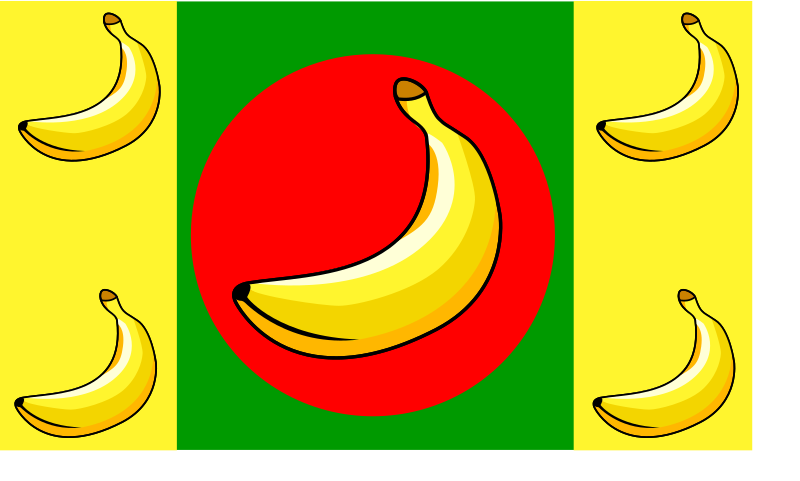 Ometepe is an island located in Lake Nicaragua, the largest lake in Central America. The island is made of two nearby volcanoes, one still active, raising up through the lake. Lava floating down from the volcanoes united them into a single island.
Ometepe is an island located in Lake Nicaragua, the largest lake in Central America. The island is made of two nearby volcanoes, one still active, raising up through the lake. Lava floating down from the volcanoes united them into a single island. Ometepe is one of the main tourist attractions in Nicaragua but being a very small tourist country, most places Nicaraguans are proud over are maybe not that unique or attractive in an international perspective. Ometepe is nice and marvellous as a nature wonder, but the various places you can visit on the island is quite sh*t. There is for example a volcanic lagoon with water they claim to be healthy, but it is cold water and a swim in it is not worth the entrance fee.
Ometepe is one of the main tourist attractions in Nicaragua but being a very small tourist country, most places Nicaraguans are proud over are maybe not that unique or attractive in an international perspective. Ometepe is nice and marvellous as a nature wonder, but the various places you can visit on the island is quite sh*t. There is for example a volcanic lagoon with water they claim to be healthy, but it is cold water and a swim in it is not worth the entrance fee.  There is also a waterfall remotely located and the long climb (and entrance fee!) is not worth what you see.
There is also a waterfall remotely located and the long climb (and entrance fee!) is not worth what you see.Ometepe is beautiful and is best enjoyed through free hikes along the shore or bicycle rides through the fields; and definitely not through low-class "attractions".














